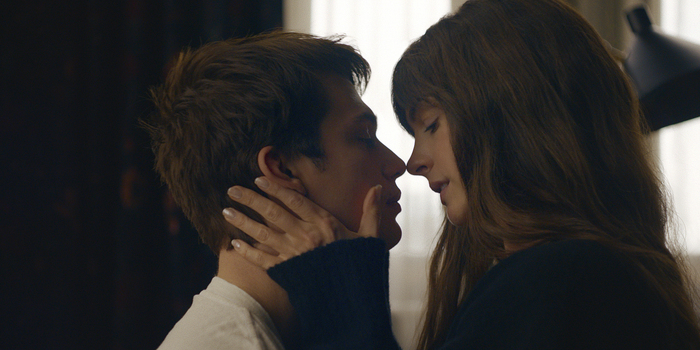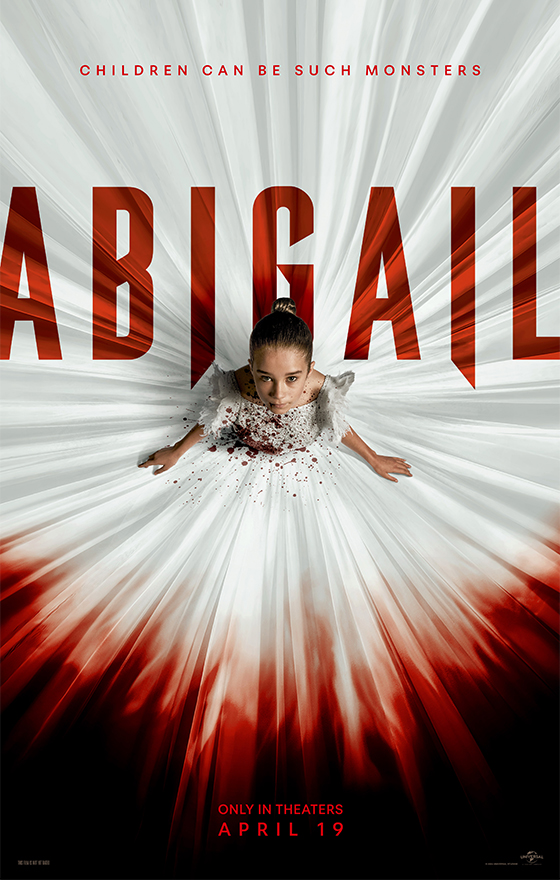
“I am practicing to be a teacher, and so having observed my mentor teacher’s classroom, I realized that there are a lot of Navajo Indian students in the classroom,” Oesch says about the inspiration behind her lesson plans. “I wanted to build an inclusive whole-group instruction where everyone can connect to the material and feel included.”
The issue of incorporating art into education has lead to debates in recent years. “It is very important to let children dabble in art from an early age, as this will be the first experience they will have with creating something,” says Jeff Bassett, a U film student.
Despite a surge in support for art integration, Utah public schools still focus on emphasizing math and reading in the classroom. “We know that art is such a powerful medium for kids for learning, and right now because of the high stakes testing, a lot of times it is forgotten, and so the only way we make sure that it happens is by integrating it into the other content areas,” says Cathi Allen, a professor of social studies methods at Westminster College.
High stakes testing has caused Utah teachers to focus the majority of their school days on math and reading, leaving little time for other topics.
“Oftentimes you will hear administrators say, ‘We don’t have time for our teachers to teach creative arts. We don’t have time for our teachers to teach social studies or to teach science” Allen says. “We are raising a generation of students who won’t have those connections. That won’t see the balance that we need to have in our lives, and art is such an important part of that.”
Oesch hopes to end this trend by using Navajo rugs to teach students tribal interactions and the Spanish influence over the native populations of North America. “Art allows you to gain a new perspective on the artist himself, and to take a new look at where that person’s from,” Oesch says. “A lot of social studies content is held within art artifacts, and so [by] picking the Navajo blanket, I’m able to retell some amazing history,” Oesch says.
Allen admits that the ideal move towards art integration in the classroom setting would be to make sure student teachers such as Oesch are trained in how to successfully combine art with core curriculum. “We don’t live in isolation. We live in an integrated society and an integrated life where all those things are part of our day and who we are,” Allen says.
In Oesch’s classroom, students are fully engaged with and excited over the prepared lesson.
“It’s amazing to watch how they connected, because it was something meaningful to them,” Allen says. “They will remember today what they did — learning about Navajo rugs.”











